Those going on crazy off-road adventures, taking their inspiration from various SUV commercials, are likely to encounter many unexpected, all-terrain dangers.
Automaker Mitsubishi is ready to put those dangers in the foreground with augmented reality warnings on a heads-up-display across much of the windshield of its Mi-Tech concept hybrid SUV. The fantasy car was previewed in a video this week at the Tokyo Motor Show.
Don't Miss: Auto AR Tech Company WayRay Sets Its Sights on Unicorn Status with $80M Funding Round Led by Porsche
In the video, the driver of the SUV cavorting through the outback uses the concept AR collision warning system to swerve around erupting geysers. Augmented reality alerts on the windshield warn the driver of collisions so they can react to the oncoming danger. Mitsubishi says alerts could also help the driver to prevent the worst damage if a bang-up is unavoidable.
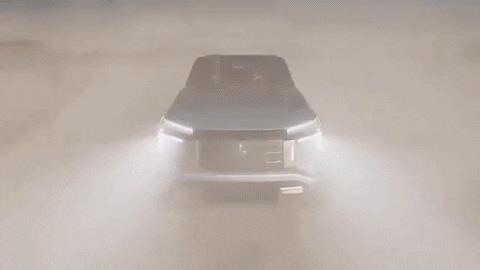
Avoiding not just unwanted geysers, but other cars, optical sensors on the car feed data to the vehicle's driver assistance system, according to Mitsubishi's concept vision. This just might mean AR-enabled warnings on the car's windshield could let you drive with confidence through thick fog, for example.
Mitsubishi is clearly hoping to transform the image of the fiddly electric car into the all-terrain vehicle category so popular in the US market, and it is using AR to make us feel more comfortable with the emerging auto tech. In another example in the concept video, the AR windshield alert appears to display the battery charge status of the complex hybrid, gas-and-electric powertrain.
However, while such an info display might be useful for charging purposes, having the entire engine status in view while driving doesn't seem very convenient. Mitsubishi is just as likely using this part of the video for hyping its revamped, smaller hybrid powertrain. As an indication of its intentions, Mitsubishi gave no word in its related press release on whether the AR windshields are actually going into production, but the company did confirm that it is planning to add electric tech to new midsize and compact SUVs by 2022.

If this heads-up display ever enters production, it would appear to compete with heads-up displays such as Navion, produced by Swiss technology company WayRay. Navion gives navigational advice in AR overlays and accepts hand-gesture inputs. And, in terms of products actually on the market, WayRay stands as a true competitor to other would-be entrants into the space as the company has financial backing from automakers Porsche and Hyundai.
While more and more high-end cars are coming out with integrated heads-up displays (at least in future models), their displays are generally smaller, such as Lexus' 24-inch HUD. Mitsubishi's concept heads-up display appears to stretch across the entire windshield of an SUV, which on average can be around 58 inches. The large size of the display would certainly be an evolution from the heads-up display in Mitsubishi's previous EMIRAI 4 concept car.
But would a bigger in-car heads-up display be more or less safe? Sure, a heads-up display can make drivers safer by keeping their eyes on the road, as opposed to looking at smartphones when navigating, as has been observed by Alex Shi, CEO of display maker Banma Technologies. But, at some point, the display could hurt more than help if it is covering too much of the driver's field of view.
With that in mind, when it comes to the safety benefits of such an in-car display, Mitusbishi's latest hybrid concept car may be an idea that borders on fanciful rather than practical. But it is still a concept car we wouldn't mind taking for a test drive.
Just updated your iPhone? You'll find new features for Podcasts, News, Books, and TV, as well as important security improvements and fresh wallpapers. Find out what's new and changed on your iPhone with the iOS 17.5 update.
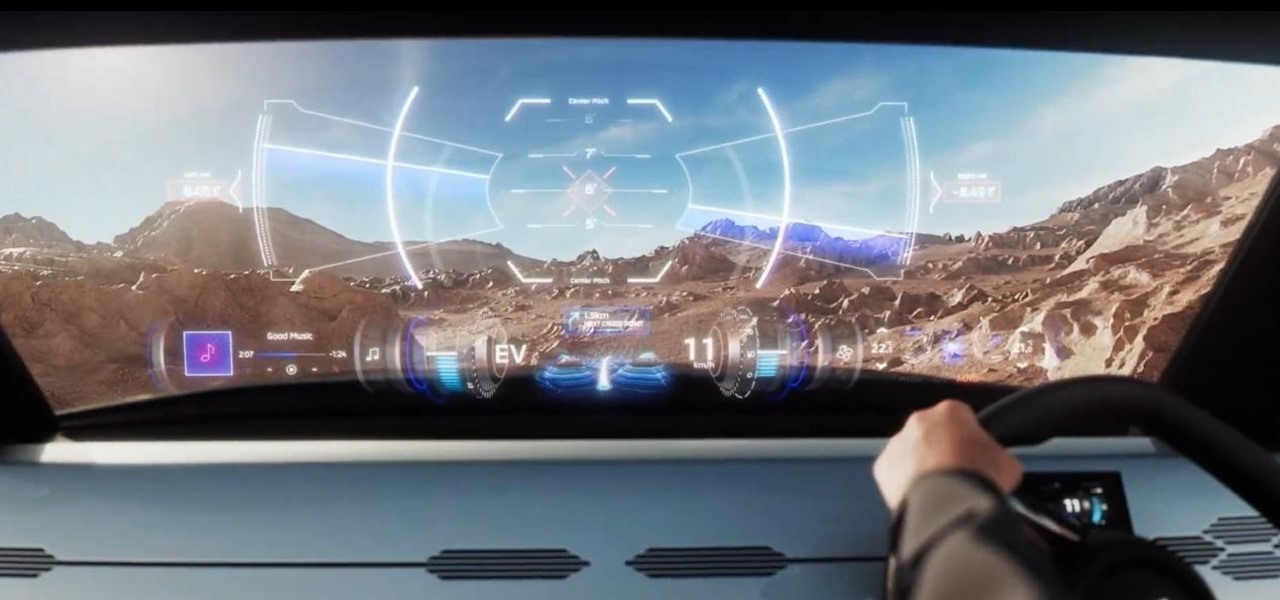



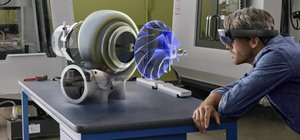
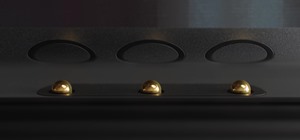








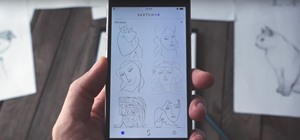








Be the First to Comment
Share Your Thoughts